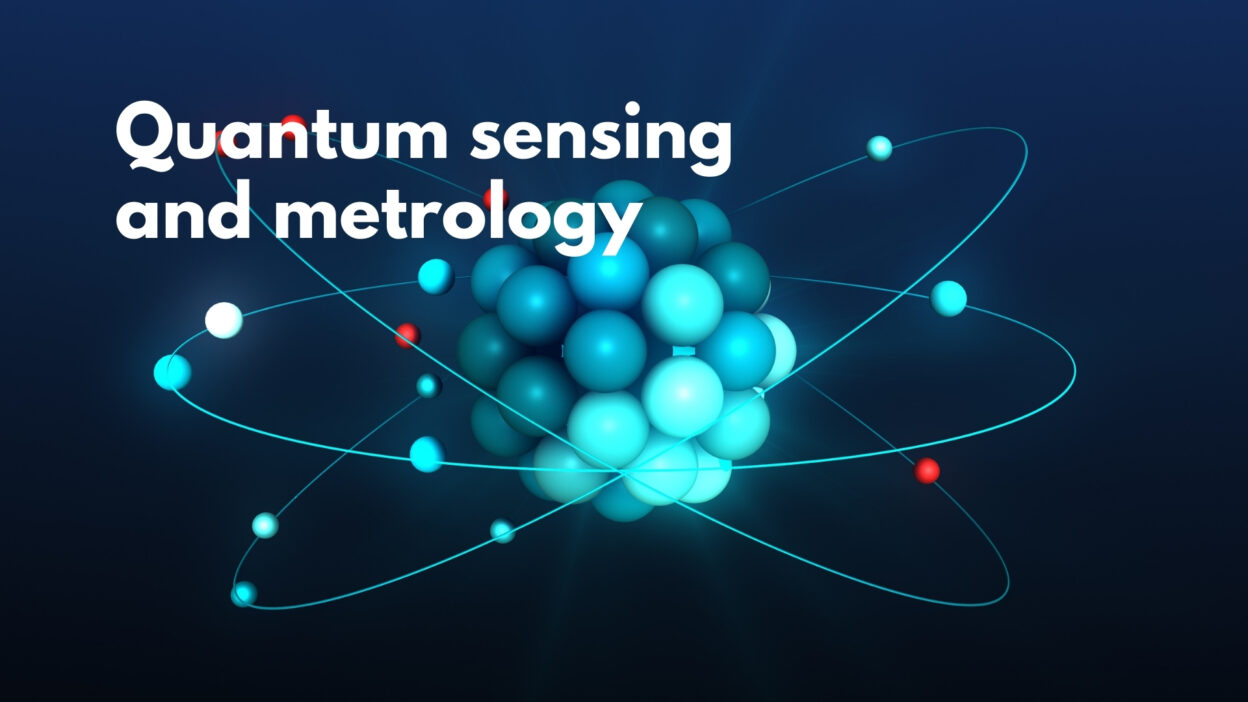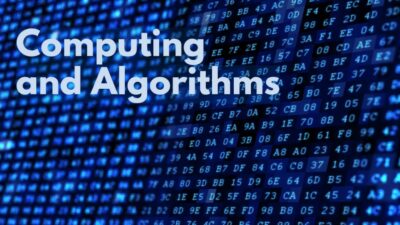Researchers at NIST are developing advanced spectroscopic techniques using dual electro-optical frequency combs (DOFC) to improve the sensitivity and speed of studying biomolecules and other materials. These methods work across a wide range of frequencies, from terahertz (THz) to ultraviolet (UV), allowing scientists to observe how molecules move and interact with their environment, especially in water. In the THz region, the technique uses coherent light pulses to generate highly stable frequency combs that can detect subtle molecular vibrations important for understanding protein structure and function.
In the UV range, the DOFC method has been extended using nonlinear optical processes to generate precise frequency combs that help study quantum systems like rubidium atoms used in optical clocks and quantum sensing. These UV combs are detected using photon counting techniques, which convert UV signals into measurable radiofrequency data. The methods are being refined to work in deeper UV wavelengths for future quantum applications, potentially improving the accuracy of quantum measurements and sensing technologies. Researchers are also exploring ways to enhance these techniques using entangled photons for better detection efficiency.
Source: https://www.nist.gov/programs-projects/quantum-state-resolved-spectroscopic-techniques
Keywords: electro-optical frequency comb, photon counting, terahertz spectroscopy



